

Cambridge Phonics and Handwriting Executive Preview


Step 2 Multi-component sample
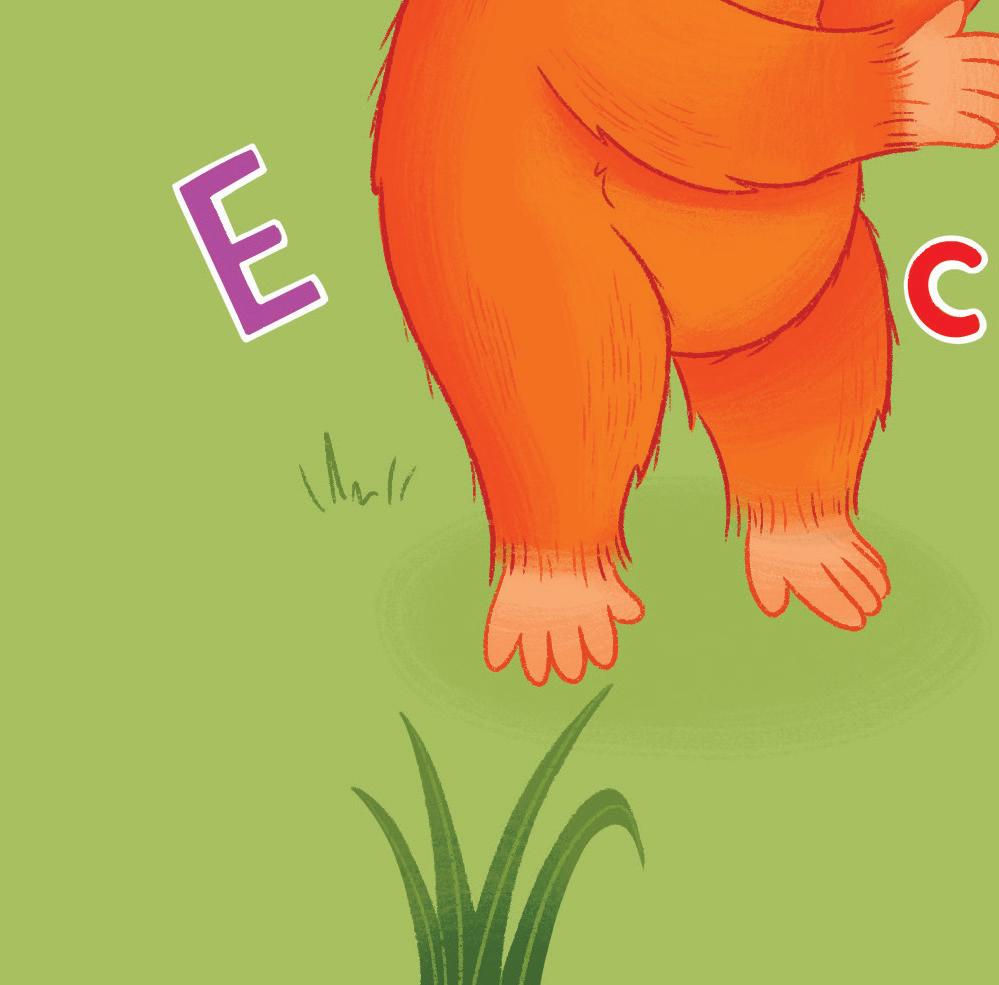
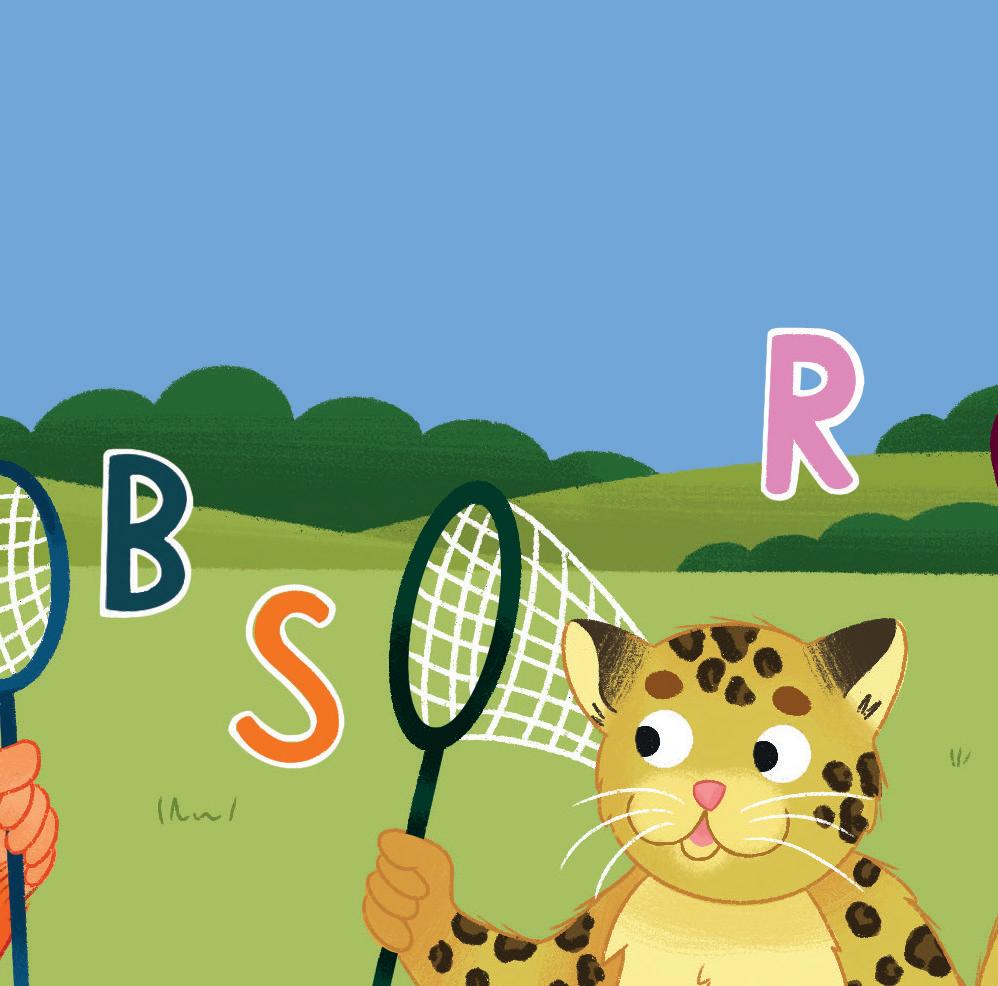
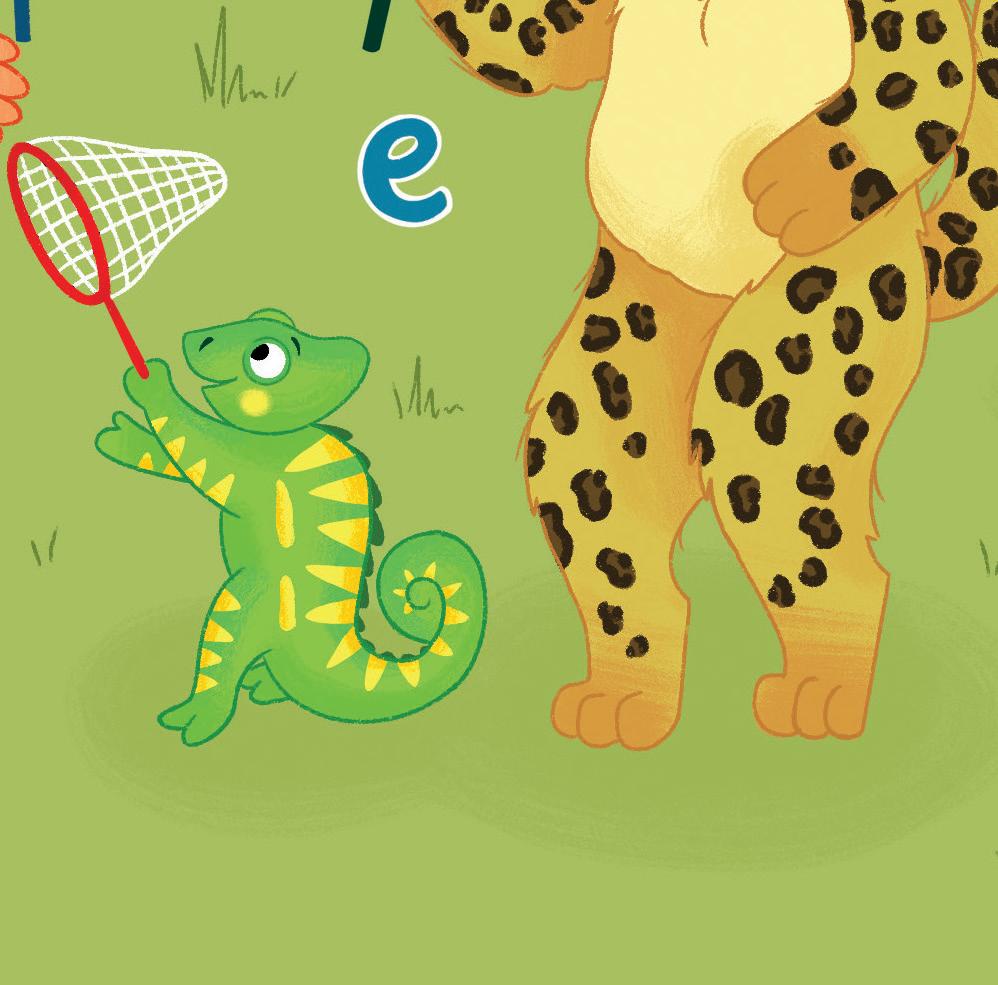


Dear Practitioner,
Welcome to Cambridge Phonics and Handwriting! The scheme is based on our Phonics and Handwriting Framework for English language. It provides resources, assessment, teaching guidance and training. It supports teaching and learning of the wider Cambridge Early Years and Cambridge Primary Programmes. It can also be used as a standalone phonics and handwriting programme.
This executive preview will help you understand how our teaching resources, learner’s books and flashcards work together to support you with your phonics and handwriting teaching and learning.
In creating the Cambridge Phonics and Handwriting Framework and resources we have used research and unique Cambridge learner data from the Cambridge English Corpus to identify the words most commonly used by young children internationally. This data informs the order in which we introduce the letters and sounds, ensuring children first learn those they are most likely to hear and use.
The teaching resources are the core resources that support the Cambridge Phonics and Handwriting Scheme and contain activity ideas and additional digital resources for front-of-class teaching. This includes digital flashcards with audio, projectable stories, songs and rhymes and slideshows.
The learner’s books provide activities that support the phonics and handwriting learning and work best when used in conjunction with the teaching resources. They can be used at school or at home, and additional guidance for adults is given at the bottom of each activity page in the ‘For practitioners’ boxes.
The phonics flashcard pack can be used from Step 2 onwards to support phonics teaching and learning, and can be used at school or at home.
Please take five minutes to find out how our resources support you and your learners. To view the full series, you can visit our website or speak to your local team.
c
You can also find out more about becoming a Cambridge Early Years centre on our website:
Best wishes,
B r i d g e t Mc H u g h
Senior Commissioning Editor for Cambridge Early Years
Cambridge Phonics and Handwriting

Learner’s Book Step 2A





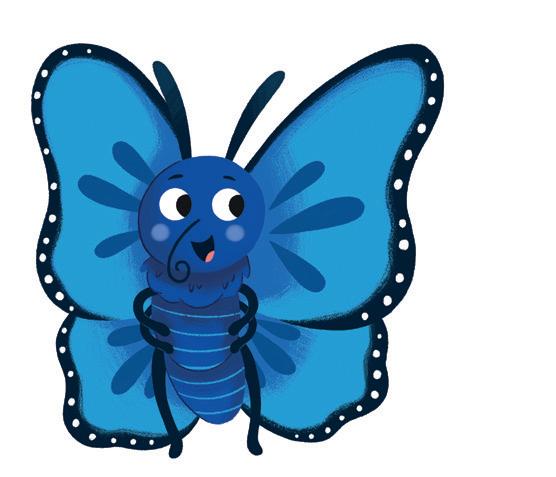
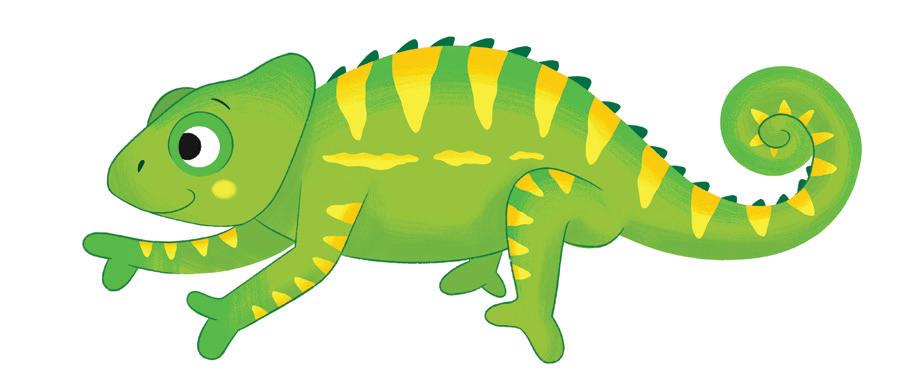

Ll, Mm and writing l, i, t
Activity 1 Say and circle.
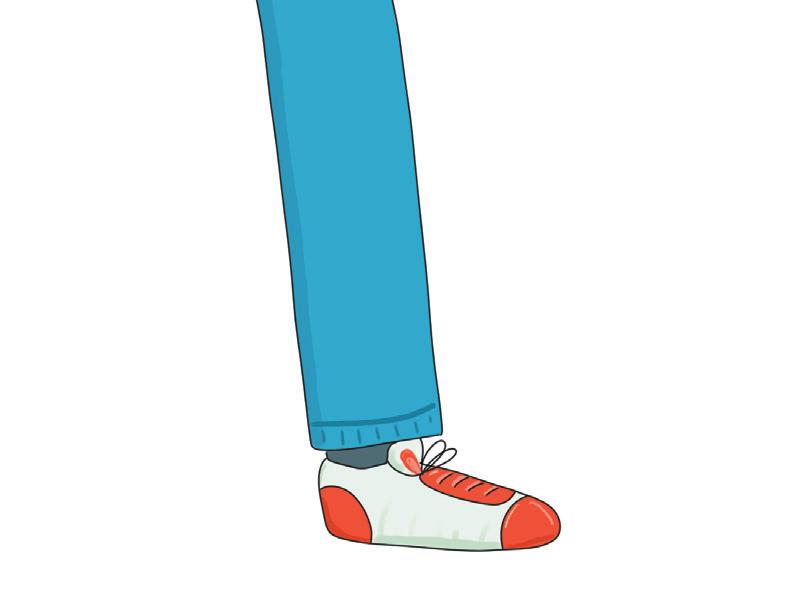
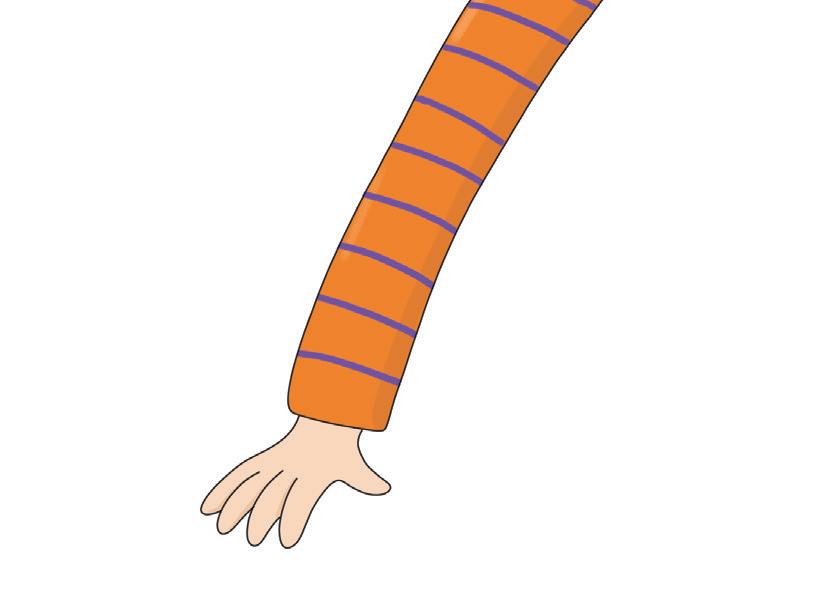

For practitioners

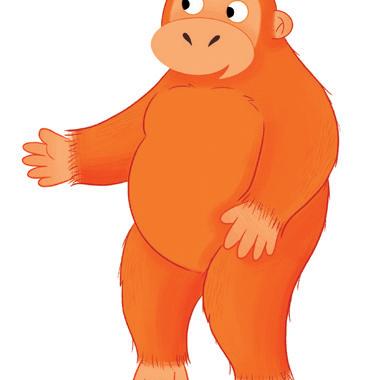

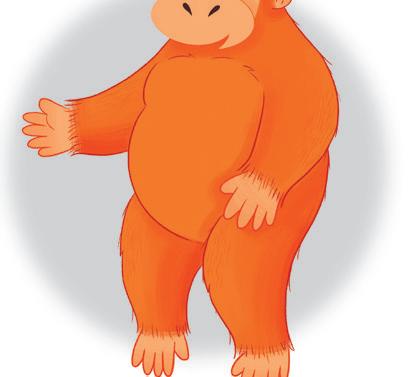
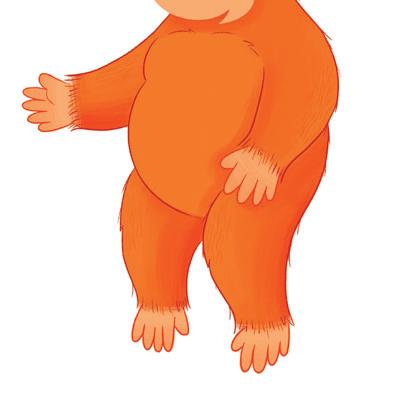
Ask the child to look at the top two pictures: leg and arm. Ask them to identify the picture beginning with the sound /l/ (leg) and circle it They say the word. Repeat for pairs lion/cat and long/short.
Activity 2
Find, say and circle.








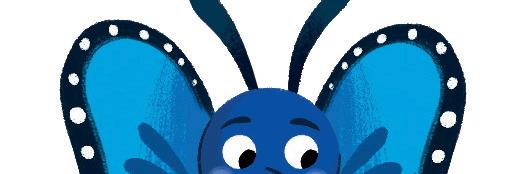

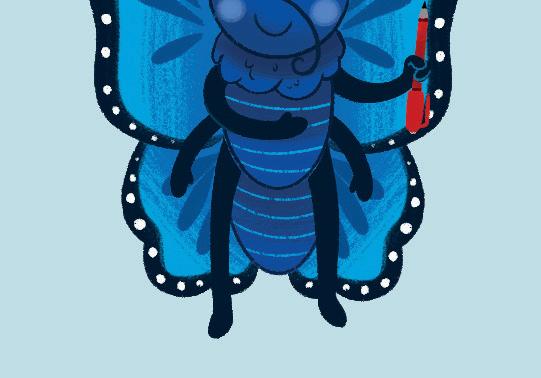

SAMPLE

For practitioners
Ask the child to look at the picture and find as many words beginning with the sound /m/ as they can. Ask them to say the words beginning with the sound /m/ (mouse, melon(s), mango(es)). They circle the items in the picture with a coloured pencil. Repeat for words beginning with the sound /l/ using a different coloured pencil: lion, long legs







SAMPLE









Activity 3 Read and match. mat


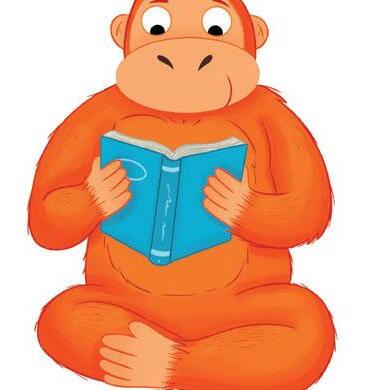

lid man sad
For practitioners
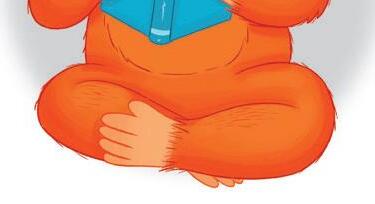

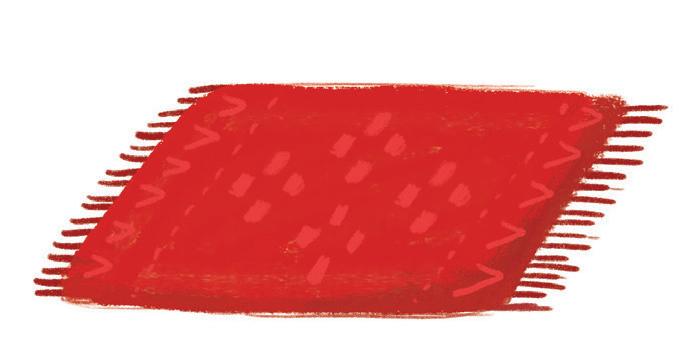
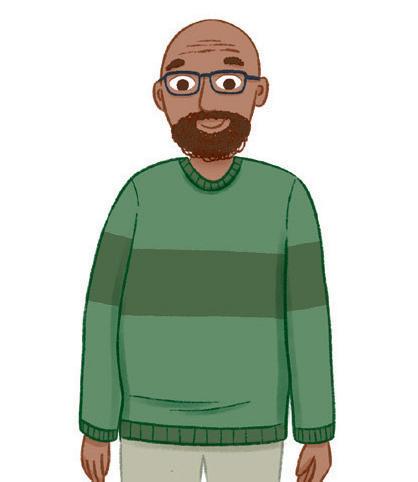

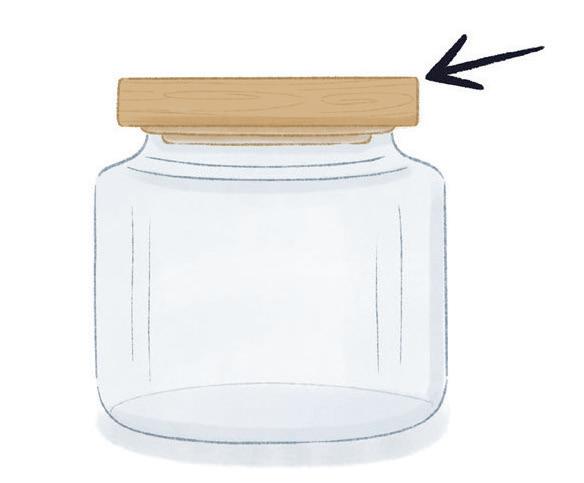
Ask the child to look at the first word: mat. They read the word, letter–sound by letter–sound then the whole word: /m//æ//t//mæt/. Then ask them to draw a line to connect it to the picture of the mat. Repeat for lid; man and sad
Activity 4 Read
and
trace. lid tin sit


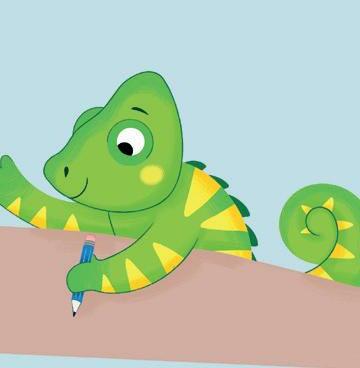

SAMPLE
For practitioners
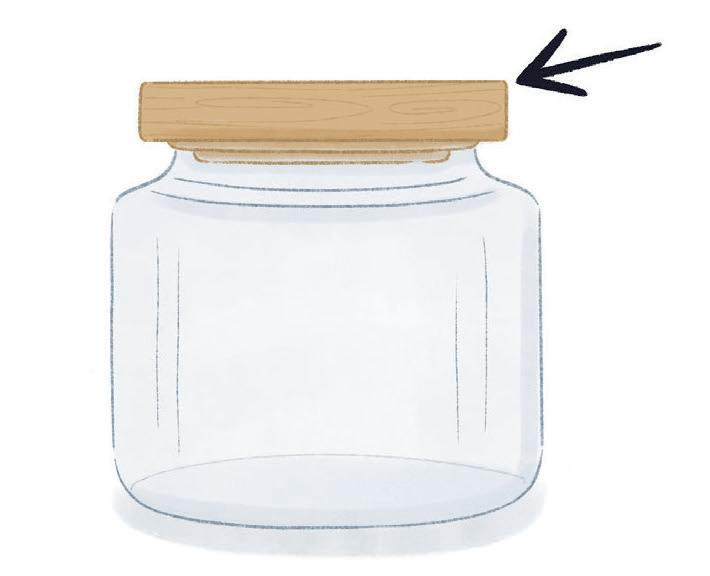

Ask the child to read the first word, letter–sound by letter–sound then the whole word: /l/ /ɪ/ /d/ /lɪd/. Ask the child to find one or more long-legged giraffe letters in the word (l and i) and then trace the letters with a pencil. Repeat for the other words.

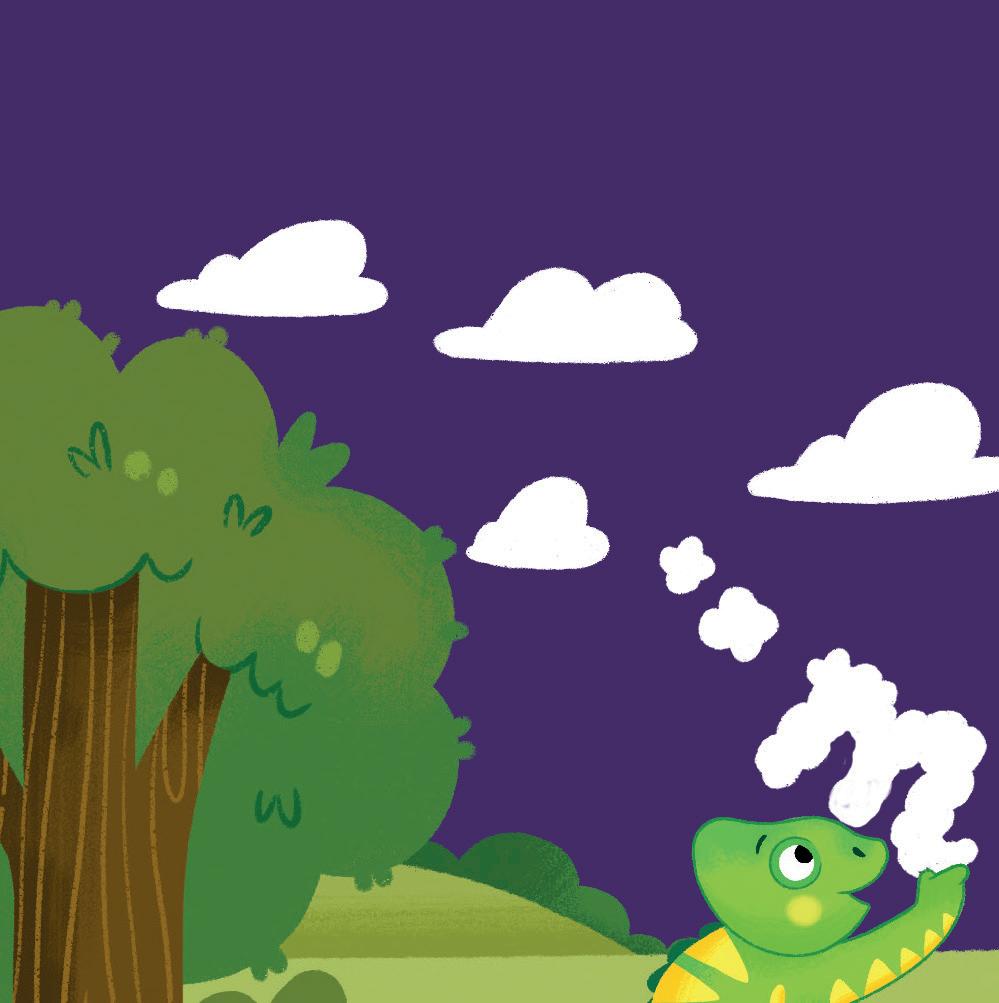

Phonics and Handwriting Cambridge
Teaching Resource with Digital Access Step 2
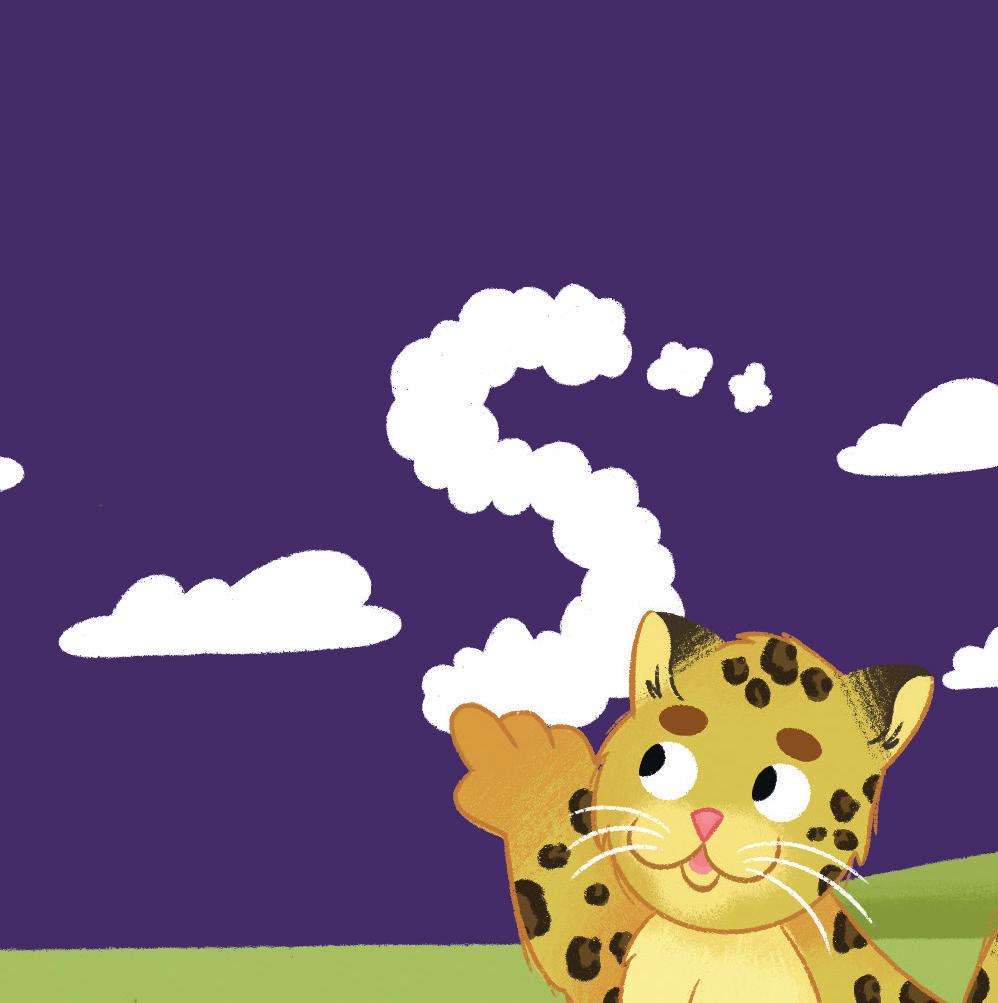
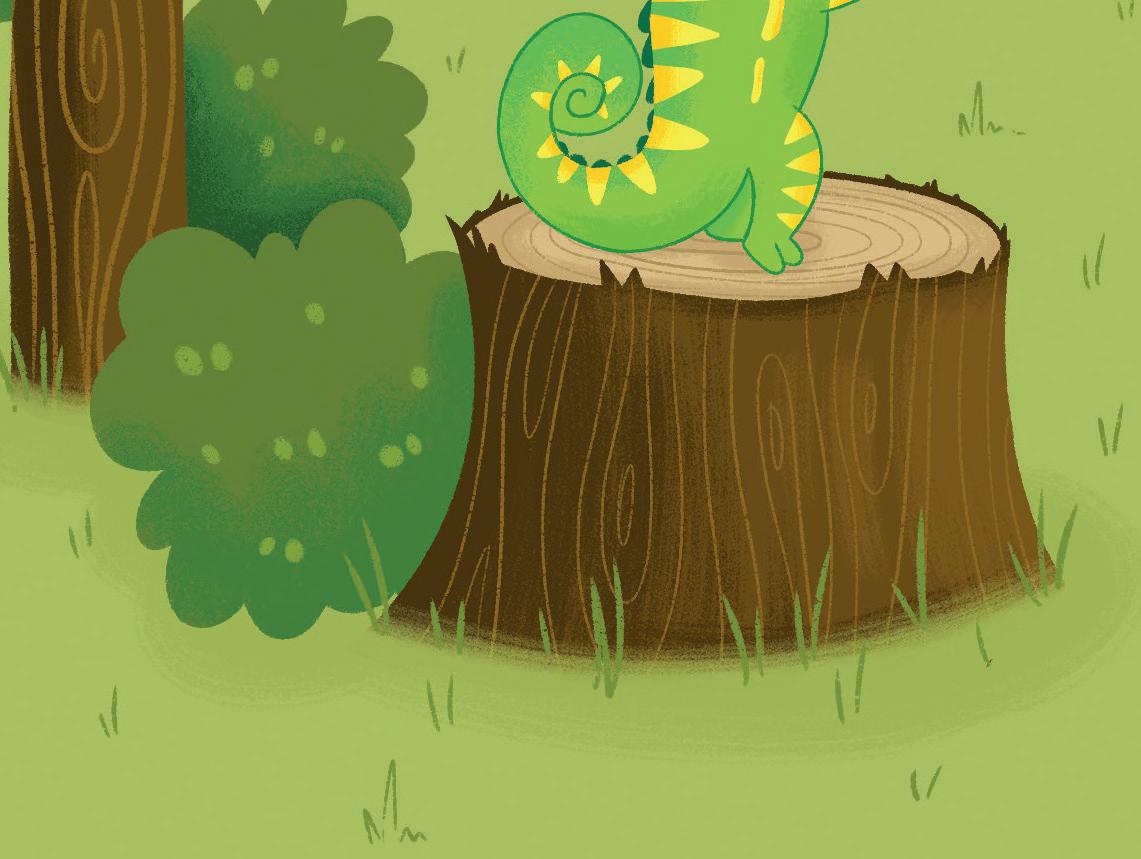
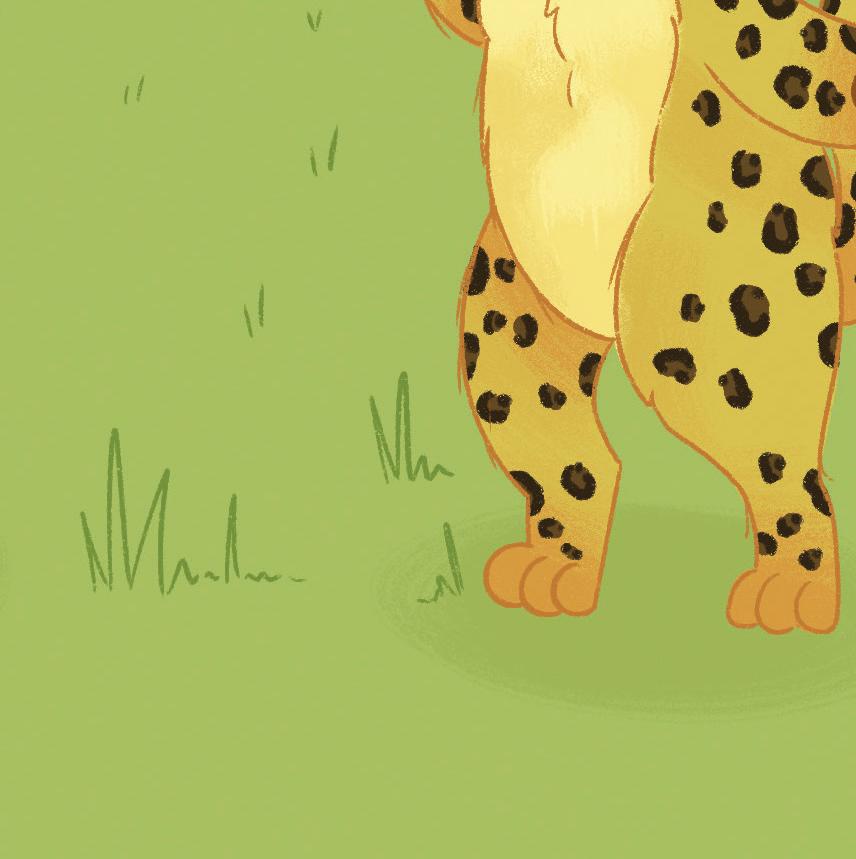

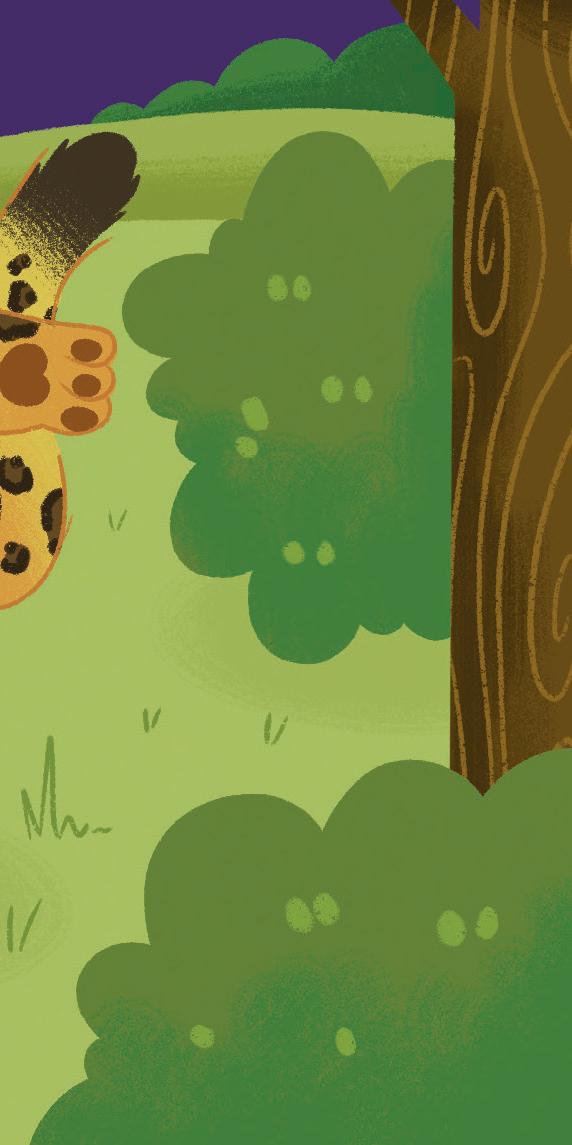
Letters and sounds: Ll,Mm
Letter
formation: l, i, t
Activity focuses
• Identifying letter–sound correspondences: Ll, /l/ and Mm, /m/
• Applying decoding skills and recognition of some common words to read text
• Introducing segmenting to spell words
• Forming long-legged giraffe letters (l, i, t)
• Developing writing presentation
Key words
Regular words
lid, mat, man, am
Tricky words
I, I’m
Activity 1: Letter–sound correspondence: Ll /l/
Resources
Lala long legs story; Letter–sound digital flashcard: Ll; Pronunciation video for /l/; Activity sheet 2.1.1: My mouth; Lala long legs song; Letter–sound flashcard: Ll. Phonics box.
Prepare: Review the pronunciation video for /l/
Activity guidance
• Tell children they are going to listen to a story. Play the Lala long legs story. Children are not expected to read the words on the screen.
Story: Lala long legs
Let’s look who has long legs. Do ants have long legs? No, their legs are not long. Do lions have long legs? Yes. Lions have quite long legs. Do giraffes have long legs? Yes. Of course they do. Giraffes have long, long legs.
Look, Lala has long, long legs!
Do you have long legs? Let’s look!
• Briefly ask children about the story to check their understanding, pointing to the parts of the picture to help, for example:
• What is this animal? (an ant/lion/giraffe).
• Does an ant have long legs? (no, it doesn’t).
• Who is Lala? (the giraffe)
• Ask children to answer the question at the end of the story. Ask a few volunteers to sit on the floor, stretch out their legs and ask Who has long legs?. If not appropriate, you could point out your own long(er) legs, and/or those of another adult in the classroom.
• Ask children what sound they can hear at the start of the words Lala, long and legs.
• Show the letter side of the Ll digital flashcard. Point to the letters and say Today’s sound is /l/. This is the sound the letter makes. Note, the sound is /l/, rather than /el/ or /lə/
• Ask children if they can see the letter in the story. Read the words they identify, emphasizing the /l/
• Help children notice that sometimes /l/ looks like L, like when it’s a name or at the beginning of a sentence. Most of the time /l/ looks like this (show an example of lower-case l) but sometimes it looks like this (show example of capital L) like at the beginning of someone’s name, like Lala!
• Show the picture side of the digital flashcard. Say: Look. It’s Lala’s long legs. /l/ long, /l/ legs. Have children listen and repeat as you point to the flashcard and say /l/ long, /l/ legs
• Do an action such as brushing a hand down your leg to emphasise how long it is. Ask children to repeat /l/, then to do the action for long legs and say: /l/ Lala, /l/ long, /l/ legs Lala long legs
• Based on the pronunciation video, show children how to make the /l/ sound.
• If appropriate, you could use the pronunciation phrase alongside Activity Sheet 2.1.1 to support pronunciation:
Pronunciation phrase
/l/: Open your mouth a little bit. Touch your tongue to the top of your mouth, just behind your two top teeth. Make an /l/ sound in your mouth.
After modelling and practising, play the Lala long legs song.
Song video: Lala long legs
Who has long legs?
Lala has long legs.
/l/ /l/
Lala has long legs!
Play the song a second time, inviting children to join in with the /l/ sounds and actions.
• Have children try to make the sound all together, then ask small groups and pairs of children to repeat the sound and say long leg Lala
• Show the picture side of the Ll digital flashcard again. Point to the giraffe and say: /l/ long legs /l/ long legs. Make the actions when saying /l/. Ask children to say /l/, then to repeat the action and say /l/ long /l/ legs /l/ long legs
• Play the story again, allowing children to join in, and encourage them to raise their hand each time they hear a word beginning with /l/
• Ask for a volunteer to add the Ll flashcard to the Phonics box. Keep the box in the classroom where children can access it to play with in their free play time.
Activity 2: Listening for /l/
Activity guidance
Play the Lala long legs song, inviting children to join in with the song and actions.
SAMPLE
Resources
Lala long legs song; long and short items from the classroom (e.g long pencils, string, paintbrushes, sticks, cables, short crayons), at least one item per child in the class; Learner’s Book 2A page 17.
• Ask children to sit in a circle. Show all the classroom items one by one and give the names in English. The children don’t need to know these words in English for the activity, however.
• Put all the items in the middle of the circle. Working together as a class, have children put the items in order of length from long to short.
• Say Which things are /l/ long and which things are not /l/ long? Together they decide on the /l/ long items and separate them. This discussion and decision may take more facilitation with some classes than others, but will encourage children to think critically and to justify their answers, as there may be no ‘correct’ answer. You could show the Lala long legs story again and point out that the lion has ‘quite long legs’. Use the picture to help explain the meaning of ‘quite’.
• When children have a /l/ long category, have them repeat the sound and word /l/ long. Ask for ideas of more long things they could put in that category, for example, a snake, an express train, hose pipe, etc. (Children can use their home language if needed.)
Learner’s Book link
• Follow up with Learner’s Book 2A page 17 for additional practice and consolidation of learning. This can be done at home or in class.
Activity 3: Letter–sound correspondence:
Mm /m/
Resources
Min mouse story; Pronunciation video for /m/; letter–sound digital flashcard: Mm; Activity sheet 2.1.1: My mouth (optional); Min mouse song; Slideshow 2.4.1: Tricky words: I, I’m; letter–sound flashcard Mm; Phonics box; Learner’s Book 2A pages 18–19.
Prepare: Review the pronunciation video for /m/
Activity guidance
• Tell children they are going to listen to a story about a mouse who likes to eat. Play the Min mouse story. Children are not expected to read the words on the screen.
Story: Min mouse
Min mouse likes to munch. Min mouse munches a mango. Munch, munch, munch. ‘Mm, mango is good!’
Min mouse munches a melon. Munch, munch, munch. ‘Mm, melon is good!’
• Briefly ask children about the story to check their understanding, pointing to the parts of the picture to help.
• What is this? (it’s a mango/melon)
• What does ‘munching’ mean? (it’s another word for eating)
• Ask children if they can hear the sound at the start of the words Min and mouse. Encourage them to repeat the sound.
• Exaggerate the sound as you say it clearly and ask children to listen. Show the letter side of the digital flashcard for /m/. Point to the letters and say Today’s sound is /m/. This is the sound that the letter makes. Ask children to repeat
• Help children notice that sometimes /m/ looks like M, like when it’s a name or at the beginning of a sentence. Most of the time /m/ looks like this (show an example of lowercase m) but sometimes it looks like this (show example of capital M) like at the beginning of someone’s name, like Min!
• Show the picture side of the /m/ digital flashcard. Ask What can you see in the picture? Elicit the word mouse. Pretend to be a mouse, putting both hands near your mouth like a mouse eating food. Say: Listen /m/ mouse /m/ mouse Exaggerate the sound as you say it clearly. Children repeat and do the mouse action.
• Based on the pronunciation video, show children how to make the /m/ sound.
• If appropriate, you could use the pronunciation phrase alongside Activity Sheet 2.1.1 to support pronunciation:
Pronunciation phrase
/m/: Put your lips together. Make an /m/ sound, but don’t open your lips! /m/ mouse.
• Show the picture side of the Mm flashcard again. Point to it and say /m/ Min the /m/ mouse. Point and say: /m/ Min /m/ mouse Min mouse. Ask children to repeat again and do the action for /m/ mouse. Have children do this all together, then ask small groups and pairs of children to repeat the sound and say /m/ Min. /m/ mouse. Min mouse. Listen carefully and check children are pronouncing the sound correctly. Listen to individual children and support them in making the sound accurately using models and drawing attention to the shape and movement of your mouth. Encourage children to touch their throat to feel the vibrations, which show them they are making the sound in the right place.
After modelling and practising, play the Min mouse song.
Song video: Min mouse
Min mouse likes to munch /m/ /m/ /m/
Munch, munch, munch /m/
Yummy!
Play the song a second time, inviting children to join in with the /m/ sounds and actions.
• Play the story again; children point to the items beginning with /m/ in the picture and repeat the words as they hear them. Pause the story as needed.
• Show the second slide (I am Min.) of Slideshow 2.4.1: Tricky words: I, I’m. Ask children: Who is this? It is Min mouse. Ask children about the sound that Min and mouse start with: /m/. Show the text on the slide. Say Where is the word ‘Min’. Remind them that it starts with a capital M because it is a name.
• Show children the word I. Say You already know the sound this letter stands for: /ɪ/. But this letter is also a word. When we say this as a word, we say /aɪ/ Point to yourself and say I. I am (your name). This word is tricky because we can’t sound it out the usual way, but we remember it because we see it a lot. Help the children to read the text in full on the slide. Point to am, say /æ/ /m/, /æm/; then point to the letters and say /m/ /ɪ/ /n/, /mɪn/: I am Min
• Show the picture on slide 2 and ask children who they can see: It is Lala long legs. Point to I’m and say Here is another tricky word because we can’t sound it out in the usual way, but we remember it because we see it a lot. We say this word as /aɪm/. Point to yourself and say I’m (your name). Explain that it is used as another way to say I am (your name). Help children to read the sentence on the slide.
• Point to I’m, say /aɪm/; then point to the letters in Lala and say /l/ /æ/ /l/ /æ/, /lælæ/: I’m Lala.
• Ask volunteers to introduce themselves to the class using I’m…. or I am… They point to the words I am or I’m on the screen as they do this.
• Ask for a volunteer to add the Mm letter–sound flashcard to the Phonics box. Keep the box in the classroom where children can access it to play with in their free play time, if they want.
Learner’s Book link
• Follow up with Learner’s Book 2A pages 18–19 to consolidate learning. Children could do this activity at home, guided by a parent or caregiver.
Activity 4: Beginning to blend
Resources
Min mouse song; letter–sound digital flashcard: Mm; Letter tiles: n, i, t, a, d, s, l, m (created from Activity sheet 2.1.3: Lower-case letter tiles) a set for each child or pair; a box or bag; Slideshow 2.4.2: Blending: mat, lid; Learner’s Book 2A page 20. Prepare: Prepare a box or bag and enough letter tiles for each child or pair to have at least one tile. You could use the Phonics box.
Activity guidance
Play the Min mouse song, inviting children to join in with the song and actions.
• Show the letter side of the /m/ digital flashcard and review the sound. Say some words with an initial /m/ sound, for example, mum, mat, man. Ask children if the words have the /m/ sound. Move to words which have /m/ as a middle or end sound, for example, Sam, am.
• Repeat this process for /l/ /i/ /d/, lid using the slideshow and letter tiles.
• Ask each child (or pair) to choose a letter from the box or bag. If more than one child has the same letter, they find each other and say the sound it stands for together. If all the letters are different (e.g. in a small class), children show their letter to a partner and take turns saying the sound their letter stands for.
• Children sit in a circle with their letter. Slowly, sound out a word which has been covered so far in the units, for example, /m/ /æ/ /t/ (mat). Include: tin, man, lid, sad etc When children hear their sound, they hold up their letter. Have those children stand in a line to make the word. They say their letter–sound in turn and then all say the complete word.
• Repeat several times so that every child is included if they wish.
Learner’s Book link
• Follow up with Learner’s Book 2A page 20 to consolidate learning. Children could do this activity at home, guided by a parent or caregiver.
Activity 5: Letter formation: l, i, t
Resources
Activity sheet 2.4.2: Long-legged giraffe puppet; Slideshow 2.4.3: Long-legged giraffe letters; Letter formation animations: l, i and t; Handwriting sheet 2.4.1: Letter formation – l; Handwriting sheet 2.4.2: Letter formation –i and t; Learner’s Book 2A page 21.
Prepare: Prepare the long-legged giraffe puppet from Activity sheet 2.4.2: Long-legged giraffe puppet
SAMPLE
• Ask children if they know the meaning of mat, explaining in a way which is relevant to the children and your own context, if necessary. Note in some contexts this could be similar to a rug. Give the example of a door mat or smaller mat in this case. Say mat and emphasise the /m/ sound. Support children to sound out /m/, /æ/, and /t/ and then blend to read mat. Repeat for words with an end sound /m/, for example, Sam. Encourage children to repeat as you segment the words, focussing especially on the final /m/ sound.
• Using the letter tiles, show how m /m/, a /æ/ and t /t/ move together to make mat by moving the cards together. Show the second slide (mat) of Slideshow 2.4.2: Blending: mat, lid. Draw attention to the written word mat and show again how the letters m, a and t together make /mæt/ Have volunteers manipulate the letters while everyone reads the word, letter–sound by letter–sound then the whole word /m/, /æ/, /t/, /mæt/
Activity guidance
• Say Can you remember Lala long legs? What animal is she? Show the long-legged giraffe puppet and elicit the word giraffe. Review long legs (/l/).
• Show the second slide of Slideshow 2.4.3: Long-legged giraffe letters. Ask for a volunteer to find the letter for the sound /l/. Ask another volunteer to find the letter for the sound /i/ and then another volunteer to find /t/
• Play the letter formation animation for l
• Ask children to sky write the letter with the sound /l/, following along as you repeat the letter formation phrase.
Letter formation phrase: l
Start at the top, come all the way down and flick!
• If the children are not already seated, invite them to sit at a desk with a pencil. Ask them to put the pencil on the desk for now as they will use it later.
• Give each child a copy of Handwriting sheet 2.4.1: Letter formation – l. Say We are going to use a finger to trace the giraffe letter Place your finger on the dot at the top and follow the arrows
• Encourage children to finger trace the rest of the giraffe letter line, saying the /l/ sound as they trace. If needed, play the letter formation animation on a loop so that children can watch as you walk around the class and assist.
• When children are confident, ask them to pick up their pencils. Remind them how to hold the pencil and to sit comfortably.
• Say We are going to use our pencil to trace the letters. Start at the dot. Repeat the letter formation phrase for l.
• Encourage children to trace the remaining letters on the row. As each child reaches the end, invite them to try writing the letters on the third row.
• Give each child a copy of Handwriting sheet 2.4.2: Letter formation – i and t
• Play the letter formation animation for i. Ask children if they notice the difference between writing the letter with the sound /i/ and the letter with the sound /l/(i starts lower down and includes a dot).
• Ask them to sky write the letter with the sound /i/ as you repeat the letter formation phrase.
Letter formation phrase: i
Start at the top, come all the way down and flick Lift and dot!
• Play the letter formation animation for t. Ask children if they notice any differences (the cross).
• Ask children to sky write the letter with the sound /t/ as you repeat the letter formation phrase.
Letter formation phrase: t
Start at the top, come all the way down, and curve Lift and cross
UNIT 4: Letters and sounds: Ll, Mm
Letter formation: l, i, t
Listen and observe
Support:
• Letter–sound correspondence: Some children and learners from specific language backgrounds may have particular difficulty hearing and articulating the /l/ sound, especially if their home language does not have this sound. Provide extra listening practice, including games where children clap or jump when they hear /l/ in a word, sentence, rhyme or short story. Repeat these kinds of activity frequently and draw attention to the /l/ sound regularly to provide continued support over time. Show children how to use a small mirror to see the position of their own tongue and mouth shape to check it is in the right place
• Letter formation: When working on Long-Legged Giraffe letters, children may need extra support in:
• Starting from the top and writing/tracing downwards to touch the writing line.
• Including the flick or putting it the correct way around
Challenge:
• Letter–sound correspondence: Ask fast finishers to draw examples of things that include the sound /l/ or /m/ (in English) as appropriate. They could draw two or three things (for example, leg, mouth, mat, pencil) and make labels which say l or m. When all children have finished the activity, have these children present the words in the categories to the class.
• Letter formation: In Activity 5, children could look through simple texts (for example, in books, classroom posters etc.) to find another example of a long-legged giraffe letter.
Further ideas
Links to Cambridge Early Years / Cambridge Primary
SAMPLE
• Ask children to complete Handwriting sheet 2.4.2: Letter formation – i and t. If they don’t finish the sheet, leave it out in the classroom so that they can return to it at another time.
Learner’s Book link
• Follow up with Learner’s Book 2A page 21 for additional practice of long-legged giraffe letters. Children could do this activity at home, guided by a parent or caregiver.
• Early Years 2 Communication and Language: If children are exploring the stories Hello, Baby (FLE) or How can I be kind? (ESL), have children follow the text/words as you say them and spot the letters Ll and Mm in the story. Ask them to identify the word(s) they hear with these sounds.
• Penpals for Handwriting Foundation 2: For more practice of long-legged giraffe letters, refer to Units 13–15.
Continued
Continuous provision and guided play
• Art area: Encourage children to use different materials to practise forming the long-legged giraffe letters covered in this unit. They could use sand, string or wool, modelling clay, etc. or they could practise writing them outside in the playground using chalk (which will wash away in the rain). Leave out additional copies of Handwriting sheet 2.4.1: Letter formation – l and Handwriting sheet 2.4.2: Letter formation – i and t for children to practise on.
Home link ideas
• Send home the Guide to letter families for parents and carers. Ask children to practise the long-legged giraffe letters at home. They can bring their best example to show a friend or the whole class next week. Have them explain why they are proud of this work.
mouth
Prepare: print
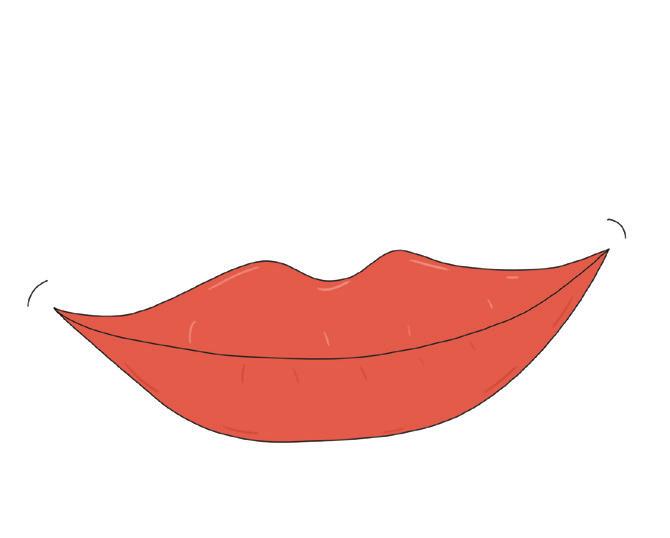
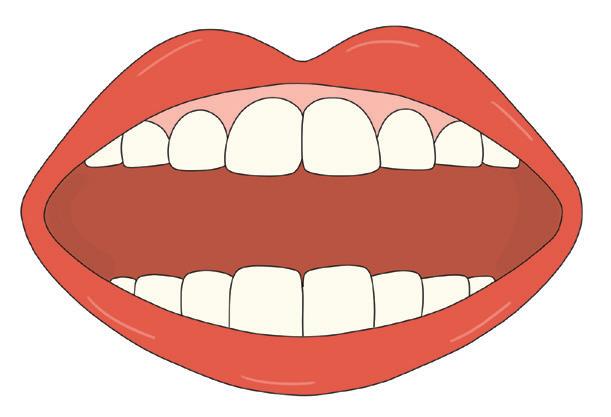

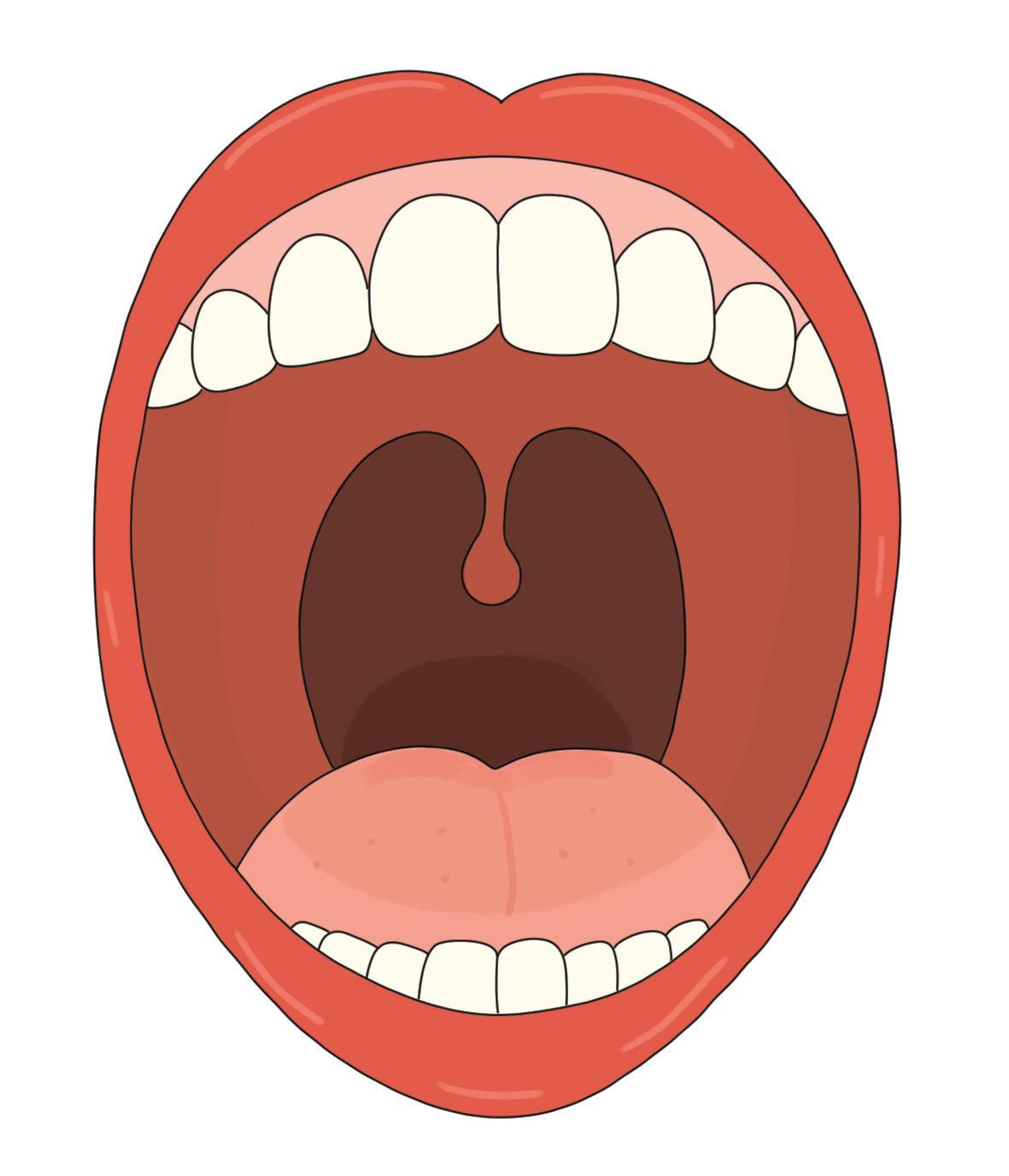
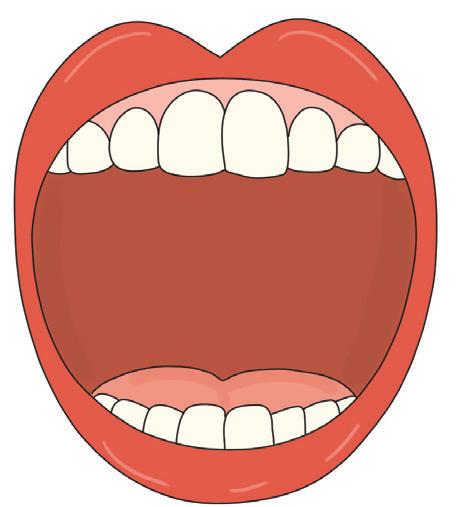
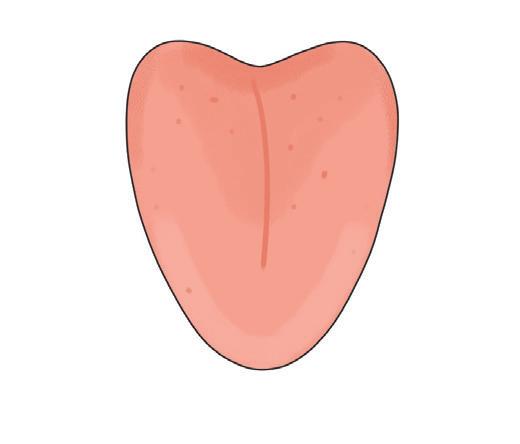
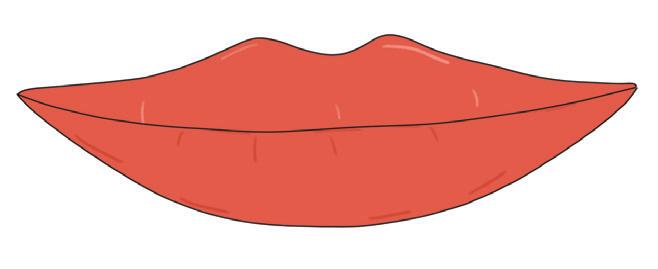
1 Cambridge Phonics and Handwriting Step 2 © Cambridge University Press & Assessment 2026
ACTIVITY SHEET 2.1.2: Unit 1 flashcards
Prepare: print and cut out
SAMPLE
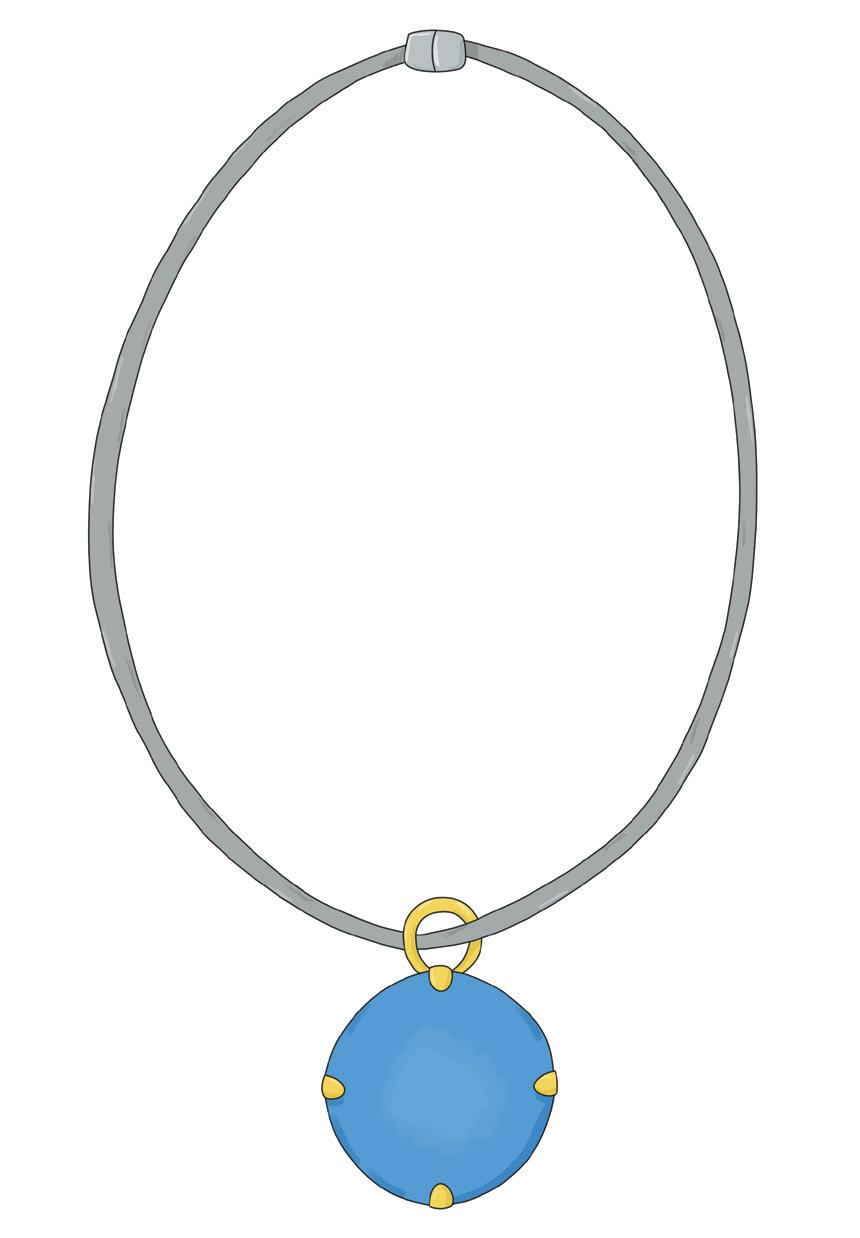
1 Cambridge Phonics and Handwriting Step 2 © Cambridge University Press & Assessment 2026
ACTIVITY SHEET 2.1.2: Unit 1 flashcards
Prepare: print and cut out

ACTIVITY SHEET 2.1.3: Lower-case letter tiles
Prepare: print and cut out
ni ta
1 Cambridge Phonics and Handwriting Step 2 © Cambridge University Press & Assessment
Prepare: print and cut out ACTIVITY SHEET 2.1.3: Lower-case letter tiles
re
2 Cambridge Phonics and Handwriting
2 © Cambridge University Press & Assessment
Prepare: print and cut out ACTIVITY SHEET 2.1.3: Lower-case letter tiles
Cambridge Phonics and Handwriting
2 © Cambridge University Press & Assessment
Prepare: print and cut out
5 Cambridge Phonics and Handwriting Step 2 © Cambridge University Press & Assessment
Prepare: print and cut out
Prepare: print and cut out
Prepare: print and cut out ACTIVITY SHEET 2.1.3: Lower-case letter tiles
7 Cambridge Phonics and Handwriting Step 2 © Cambridge University Press & Assessment
i i i i
Our teaching resources come with access to our new front-of-class digital platform that keeps learning focused and fun.
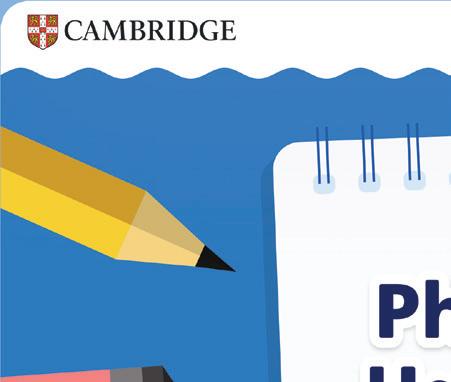
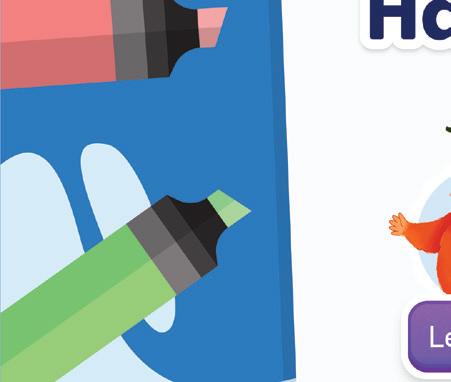
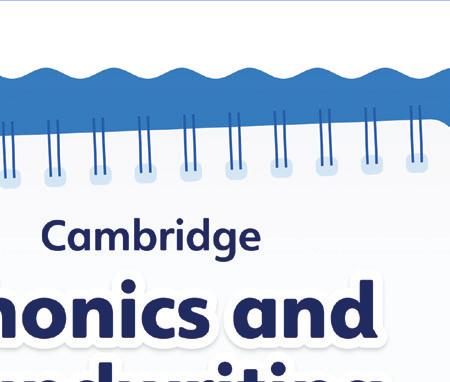
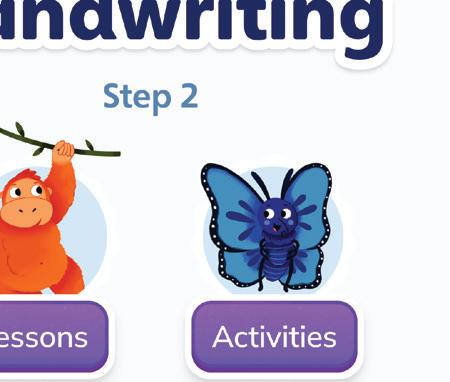



Access your digital resources through Cambridge GO

Interactive songs, stories and activities
Fun songs with images and actions, audio stories with flexible text display, plus matching, blending and segmenting activities.
SAMPLE

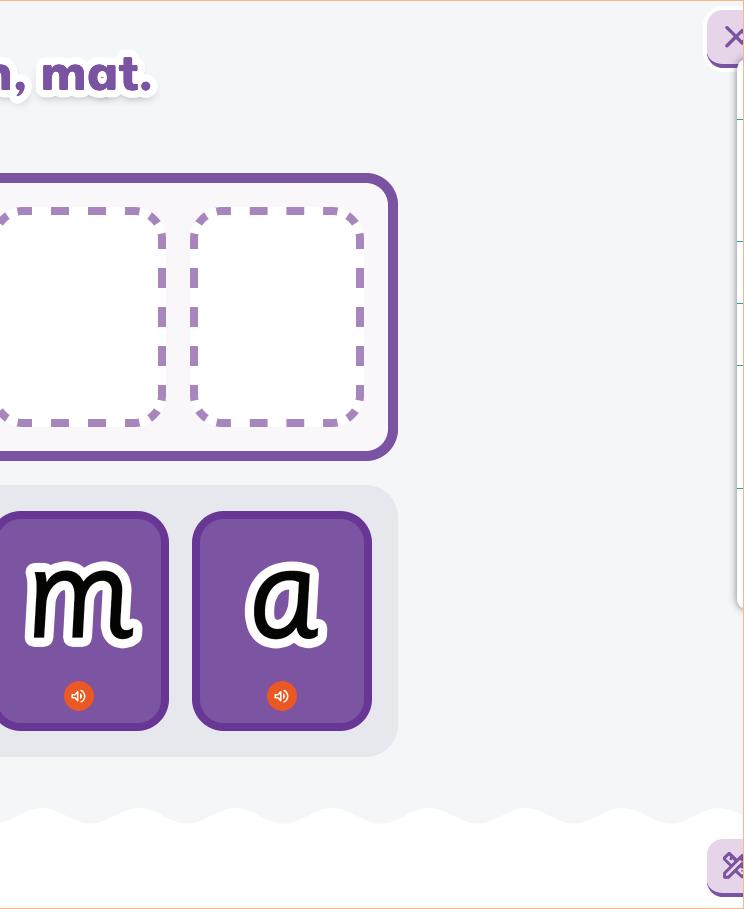
Letter formation animations
Short animations to support early writing development.
Digital flashcards
Letter–sound flashcards showing capital and lower-case letters with audio phonemes.
Ready-made slideshows
Time-saving slideshows for teaching key concepts in front-of-class lessons.
Explore our resources at: www.cambridge.org/education/subject/early-childhood-education/cambridge-phonics-and-handwriting
